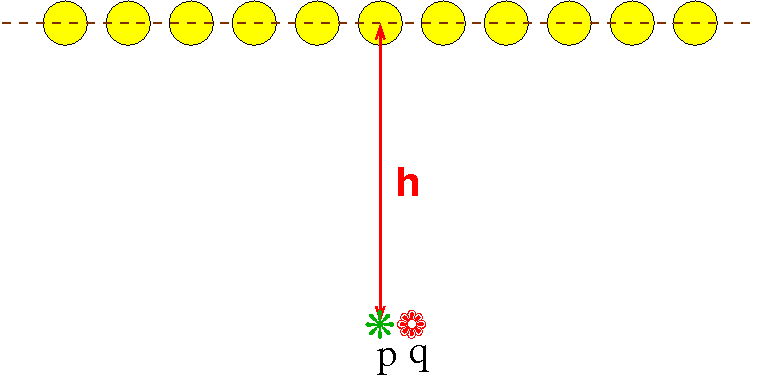-
Reminder of the Dreamworks visit:
Monday, Nov 7
8pm-9pm
Sage 3303
Company Overview
Nicole Dial, University Relations
Tuesday, Nov 8
10a-11a
PDI Studio @ Sage 2211
Technical Direction at DWA
Kathryn Skorpil, Lead Technical Director
-
If you're looking for masters projects or independent study courses for the spring and next year, then I might be available. Let's talk.
I would expect you to do all the work, including teaching yourself, then attend a weekly or semiweekly meeting and write me reports on a blog. You would work yourself as hard as if you were in a regular course run by Prof. xxxxxx.
-
ECSE-4740 Engineering Parallel Computing is available for students wanting access to state-of-the-art parallel computing facilities. You will learn things useful in your work on other topics.
My parallel computer (dual 14-core Intel Xeon, Intel Xeon Phi, Nvidia GTX 1080, 256GB memory) is also available for any RPI-related work.
-
Sikorsky is hiring. Dan Flickinger, bdbabnbibeblb.bmb.bfblbibcbkbibnbgbebrb@blbmbcbob.bcbobmb (remove all the b's), former post-doc of Jeff Trinkle, writes:
I'm working with the perception team at Sikorsky, part of the autonomy
team. We will soon have openings in our group. I currently have a
proof-of-concept system together that processes point cloud streams into
a polygonal world model, with the intentions of rapidly growing it into
a high performance aircraft perception system capable of supporting
landing zone selection, obstacle avoidance, and human interface tasks.
So we're definitely looking for people interested in meshing, texturing,
and object recognition. People interested in image processing, high
performance computing, and sensor fusion may also apply.
https://www.wired.com/2016/11/darpa-alias-autonomous-aircraft-aurora-sikorsky/
Also, we definitely have internships available for the Summer. Talk to
David Glowny, a sophomore in the CS department. He did an internship
last Summer with our group, and helped build a great world model object
visualization system for our ground control interface.
-
Wed is a regular lecture.
-
Iclicker questions.
-
10_1 Reflection and Environment Maps.
-
10_2 Bump Maps.
Perturb the surface normals to emulate small details (bumps).
-
10_3 Compositing and Blending.
Some of this material was removed from the current OpenGL, and some of the remaining stuff hasn't been included in WebGL (yet?). So, you have to learn just the high-level stuff, like what this is and why it's interesting.
- Compositing, using partial transparancy, creates complex scenes by blending simple components.
- It's hard to do accurately in the pipeline.
- Drawing objects back-to-front into the color buffer is a good heuristic.
- Clamping and accuracy are concerns.
- Fog effects provide a depth cue that helps the viewer understand the image.
- Anti-aliasing improves the image quality when there are small objects.
-
10_4 Imaging Applications.
- The GPU is so powerful that people figure ways to use it to do image processing things that it wasn't intended to.
- That started the field of GPGPU.
- Nvidia watched this happening and added new features to the GPU, like double-precision IEEE-standard floating point computations, to make this easier.
- The top line of Nvidia GPUs is designed for scientific computation and doesn't even have video outputs.
- The 2nd fastest known supercomputer has 15000 Nvidia GPUs.
-
10_5 Rendering the Mandelbrot Set.
Show the power of GPU programming.
-
Videos - commercial applications of graphics
- Hydraulic Fracture Animation
- Deepwater Horizon Blowout Animation www.deepdowndesign.com
- On-board fire-fighting training simulator made for the Dutch navy
- Ship accident SMS
